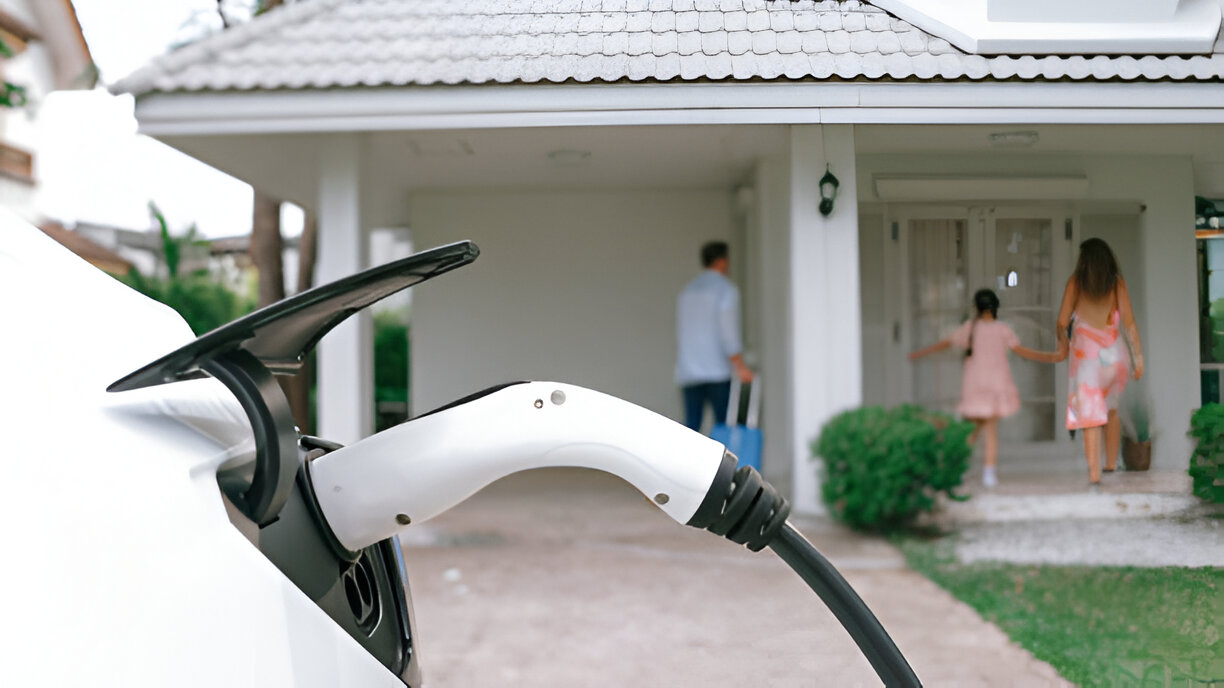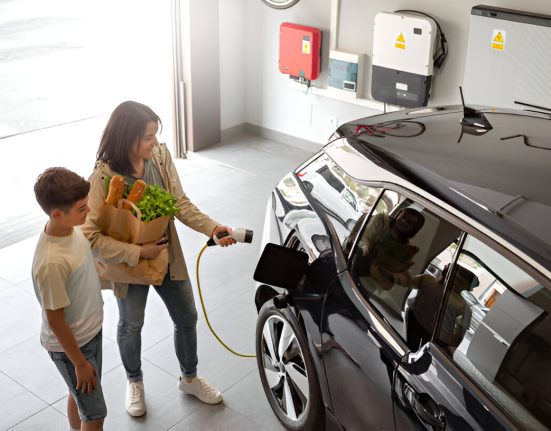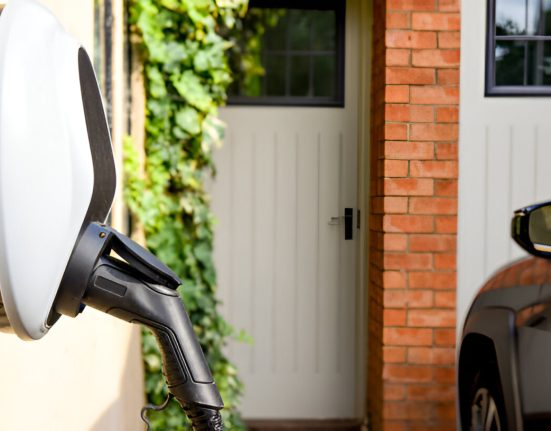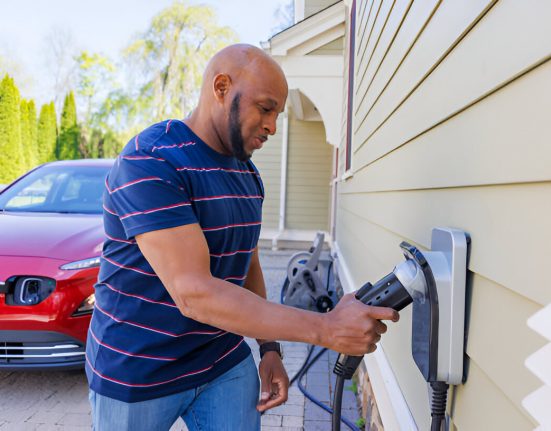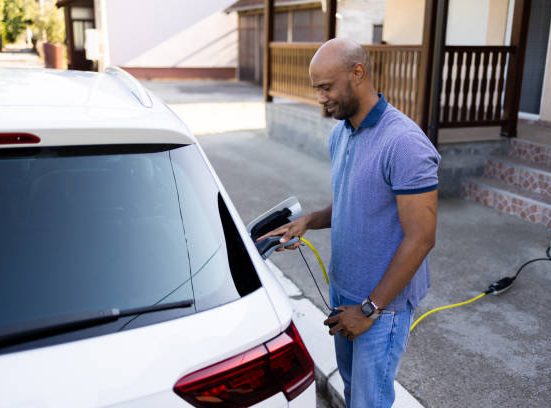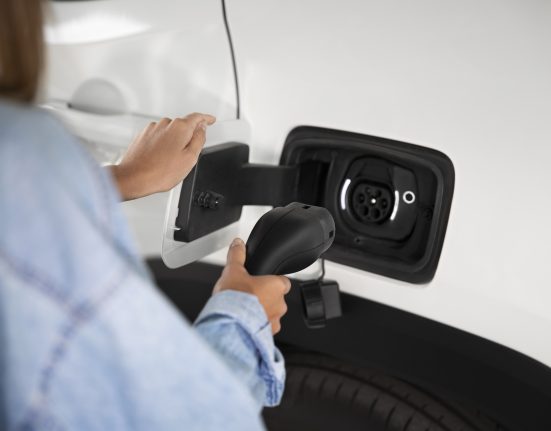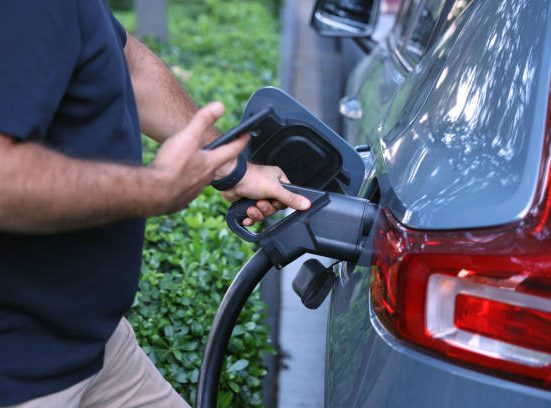While most situations make installing a single EV charger a breeze, there are times when the layout and current electrical infrastructure pose obstacles.
What to Consider before installing an EV Charger?
It is essential to do a thorough analysis of the Home EV Charger before beginning the actual installation procedure.
- Level and Power of the Charger: The power rating of the home EV charger should be your first consideration. The kind and charging capacity of the EV charger determine this. Level 2 Residential EV Chargers, which are configured with single-phase power ratings ranging from 3.6kW to 9.6kW or three-phase ratings reaching up to 22kW, are often used for EV charging installations. The majority of houses will have a single-phase connection. You must ensure that the home EV charger is compatible with the electrical connection in your home.
- Connected/Unconnected: Home EV chargers are available in two different configurations: connected and unconnected. The cable connection of a tethered EV charger is pre-attached to the home EV charger and stays linked at all times. There is a set length to the cable and it cannot be altered. Conversely, the charging cable is sold separately from an untethered EV charger, allowing the customer to mix and match it according to their requirements.
- Smart Functions: Certain types of electric car chargers just charge the battery at a constant power rate. Nevertheless, a suite of extra functions will be included into smart level 2 home EV chargers to enhance the charging experience. If you want to know what could be required for the installation, you can check out the EV charger’s smart features or attributes. Among these characteristics are solar compatibility, bidirectional capabilities, real-time monitoring, power sharing, and load control.
Protection Rating: When choosing a spot for an EV home charger, it is crucial to know whether the charger is suitable for use inside or outdoors.
How to Install an Electric Vehicle Charger Properly
- Finding the Right Spot for the Installation: A site survey or evaluation is the first stage of any project. When you are trying to figure out where to install home EV charger, it is crucial to think about both the car’s typical parking pattern and the exact placement of the charging connection. There should not be any physical strain on the cable as it travels to the charging port. When it comes to tethered EV chargers, this is crucial. It is also recommended to place the EV charger near the consumer unit or service panel. Plus, it helps keep expenses down.
- Examine the current electrical system: It is crucial to confirm the rating of the cut-out fuse put at the residence by the Distribution Network Operator. Fuse ratings of 60A to 80A, and even 100A, are common for residential premises. Remembering this value is crucial since it indicates the maximum load that the home electrical system can handle, including the EV charger. You need to see whether the consumer unit has an extra slot where you can insert the breaker for the Electric Home Charger. A 30A or 40A circuit breaker capable of safely passing the charger’s current requirement is often required for most level 2 EV chargers.
- Electrical calculations: The next stage involves formulating the necessary equations to include the EV charger. That example, while connecting the breaker to the home EV charger, choose the right wire taking voltage loss and amperage into account.
- Determining the path that the cable will take from the site of the EV home charger to the consumer unit is another challenging aspect of this procedure. When the consumer unit and the EV charger are in close proximity to each other, choosing a path that meets safety standards is easy. However, there are other situations where this becomes more complicated. To calculate the necessary length and amount of extra conduit, this information is crucial.
- Get the necessary permits: Planning to submit an application for a permit to the local Distribution Network Operator (DNO) is the subsequent stage. If you ever want to increase the rating of the cut-out fuse, this is an absolute must. Permits from the local government may also be required. A site plan showing the EV charger’s placement and a one-line schematic of the electric vehicle supply equipment are required for this.
- To install: The installation of an electric vehicle charger consists of the following primary procedures, which may be accomplished once you have mastered the preceding ones.

